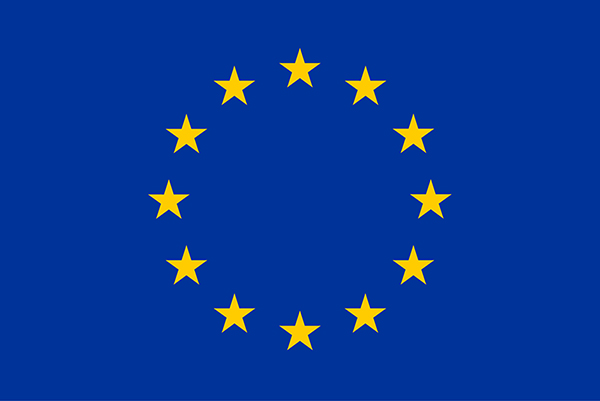Quality Statement
Our aim is to produce statistics that are accurate and reliable, coherent and comparable across country lines. We have developed a systematic data validation and quality control approach described in the methodological handbook and in the project’s documentation. Our latest quality report on the dataset can be consulted here.
Alongside the data, ETER provides extensive metadata by each country, which explain how data were collected, comparability issues and departures of definitions. It is very important that users carefully analyse the provided metadata before starting their analyses.
Further, within the dataset, users will encounter data flags – special codes appended to the data in order to warn the users of specific problems which impair comparability and affect analytical results. Flags are accompanied by a short explanation in the remarks, while full details are provided in the metadata. It is left to the user to decide whether data can nevertheless be used for their specific purpose.
Following flags are currently employed in ETER:
b | break in time series |
de | break in time series due to demographic events |
d | definition differs |
i | see metadata |
ic | inconsistent |
rd | rounded |
ms | missing subcategory |
c | confidential |
p | provisional |
r | remark, data are methodologically correct, but some special event generates data anomalies, like a very large number of graduations in a single year. The remark field explains the source of anomaly. |
For full explanation please refer to the ETER Handbook
Data and information provided on this Website do not in any way engage the responsibility of the European Commission, nor of the data providers
